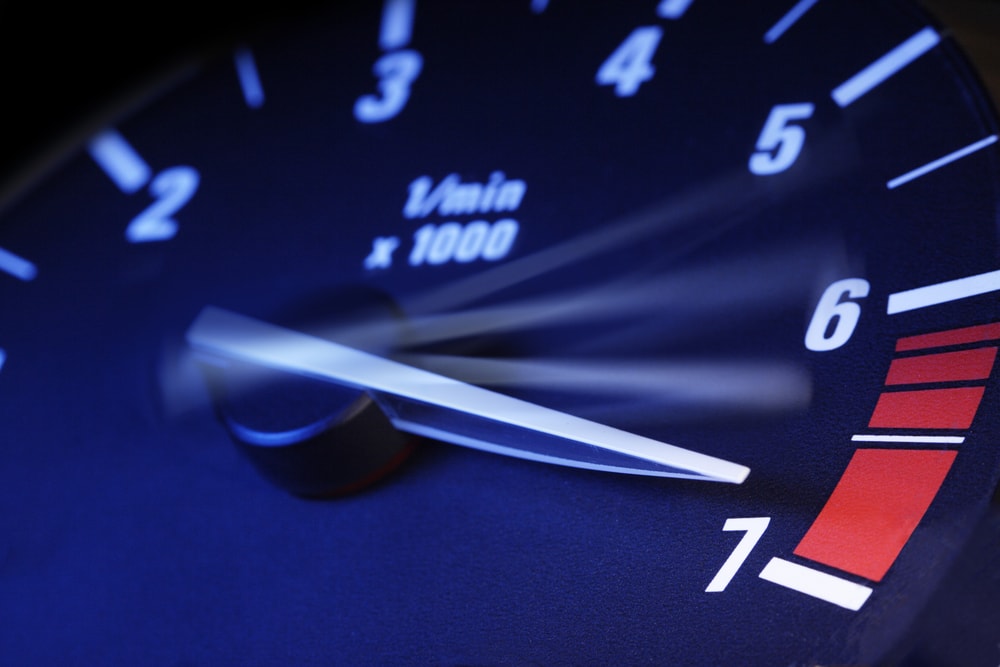
How to Tune a Chainsaw with a Tachometer for Optimal Performance?
Share
Tuning a chainsaw is an essential part of maintaining your tool for maximum efficiency. If you're wondering how to tune a chainsaw with a tachometer, you are diving into a world where precision meets power. A tachometer allows you to measure the RPM of your chainsaw, ensuring you adjust it for peak performance while keeping it safe and efficient.
This article aims to provide you with detailed steps, tips, and best practices for tuning your chainsaw using a tachometer, especially geared towards tech professionals and enthusiasts who seek high performance in their tools. Youll learn how to achieve that fine balance between performance and safety, maximizing the utility of your chainsaw without compromising on its operational lifespan.

Understanding the Basics: What is a Tachometer?
A tachometer is an instrument that measures the rotation speed of a shaft or disk, typically in revolutions per minute (RPM). It serves as an essential tool in various industries, including automotive and machinery, helping to optimize performance and detect any potential issues early.
For chainsaw users, understanding how to read a tachometer is crucial because it provides insights into how well your motor and blade are performing. A properly tuned chainsaw not only operates more efficiently but also reduces the chances of wear and tear leading to costly repairs.
Why is Tuning Important?
Tuning your chainsaw is vital for several reasons:
- Performance: A well-tuned chainsaw cuts faster and more smoothly.
- Fuel Efficiency: It uses less fuel when tuned correctly, saving you money in the long run.
- Longevity: Proper tuning can extend the lifespan of your chainsaw.
- Safety: An improperly tuned saw can be dangerous and difficult to control.
Gather Your Tools
Before you begin tuning your chainsaw, its vital to gather the necessary tools. Heres a quick checklist:
- Tachometer: A digital tachometer is often easier to read than a mechanical one.
- Screwdrivers: Flathead and Phillips-head for adjusting carburetors.
- Wrenches: To adjust any nuts and bolts.
- Gasoline and Oil: Ensure your chainsaw has adequate fuel.
- Work Gloves: For safety while performing maintenance.
Steps to Tune Your Chainsaw with a Tachometer
Now that you have your tools ready, heres how to tune your chainsaw using a tachometer:
- Warm Up the Engine: Start the chainsaw and let it idle for a few minutes to reach its operating temperature.
- Connect the Tachometer: Attach the tachometer according to its specific instructions, typically by placing it near the spark plug wire.
- Measure Idle RPM: Check the idle speed of your engine. The standard idle RPM for most chainsaws is typically between 2,500 to 3,500 RPM.
- Adjust the Carburetor: Use the appropriate screwdriver to adjust the idle speed screw on the carburetorturning it clockwise generally increases RPMs.
- Check Full Throttle RPM: With the chainsaw running at full throttle, measure the RPM reading. It should usually range from 13,000 to 15,000 RPM.
- Tune for Optimal Levels: If the RPM is too low, adjust the high-speed jet on the carburetor, ensuring you dont exceed the manufacturer's recommendation for safety.
- Safety Check: After tuning, make sure to check all safety features including brakes and chain tension.
- Test the Chainsaw: Perform a test cut in a controlled environment to evaluate performance and re-tune if necessary.
Tips for Successful Tuning
- Always refer to the manufacturers specifications for RPM settings specific to your chainsaw model.
- Perform regular maintenance checks to ensure long-lasting performance.
- Keep your carburetor clean for better fuel flow and automatic tuning.
Common Issues and Troubleshooting
Sometimes, despite your best efforts, you may face issues that require additional troubleshooting. Here are a few common problems and solutions:
- Engine Stalling: This can happen if the idle speed is set too low. Re-adjust until running smoothly.
- Excessive Fuel Consumption: Check if the high-speed jet is set too rich; adjust accordingly.
- Overheating: Ensure the air filter is clean and the engine isnt running at excessively high RPMs.
Where to Find More Information About Tachometers?
If you're interested in learning more about tachometers and their applications, check out this resource on tachometers. It provides valuable insights into how these instruments work and their various uses in technology.

FAQs about Tuning Chainsaws
-
How often should I tune my chainsaw?
Tuning is recommended every 5-10 hours of runtime or whenever you notice performance issues. -
Can I tune my chainsaw without a tachometer?
While it is possible to tune by ear, a tachometer provides precise adjustments that enhance performance. -
Is tuning a chainsaw complicated?
With the right tools and instructions, tuning can be a straightforward process.
For further reading on the importance of tachometers and their functions, feel free to refer to this page about digital and mechanical tachometers.
